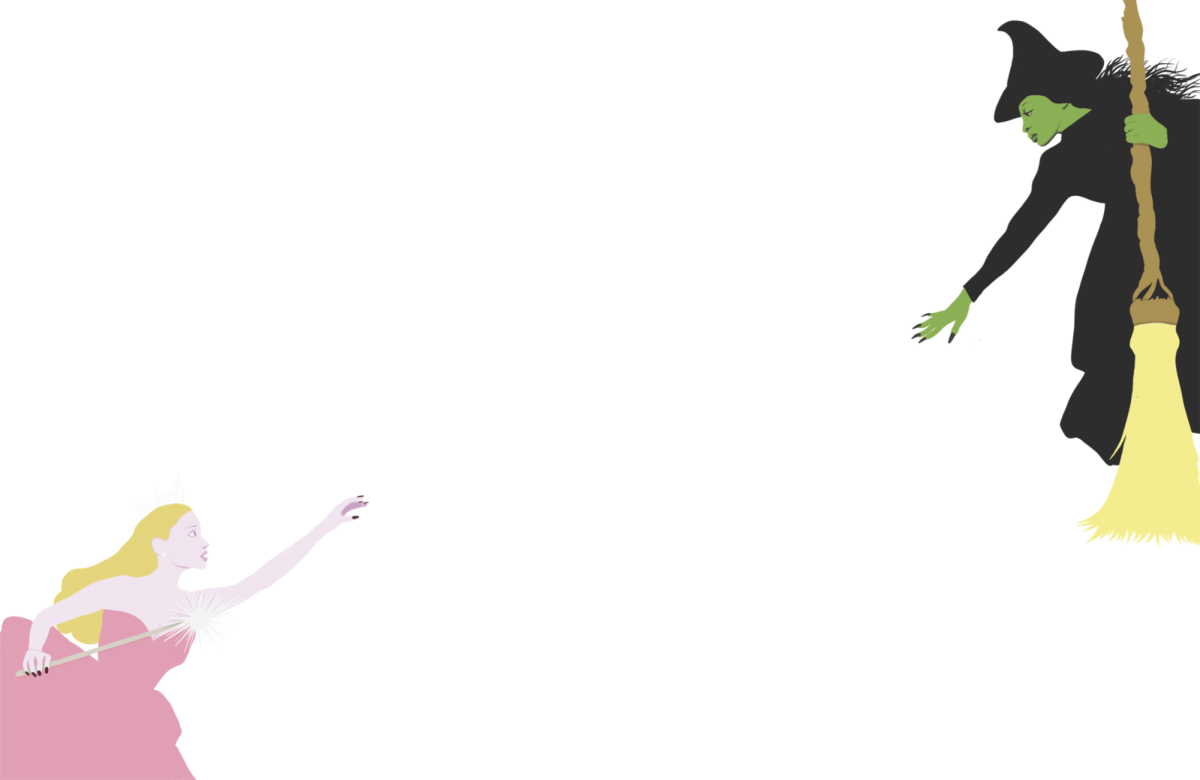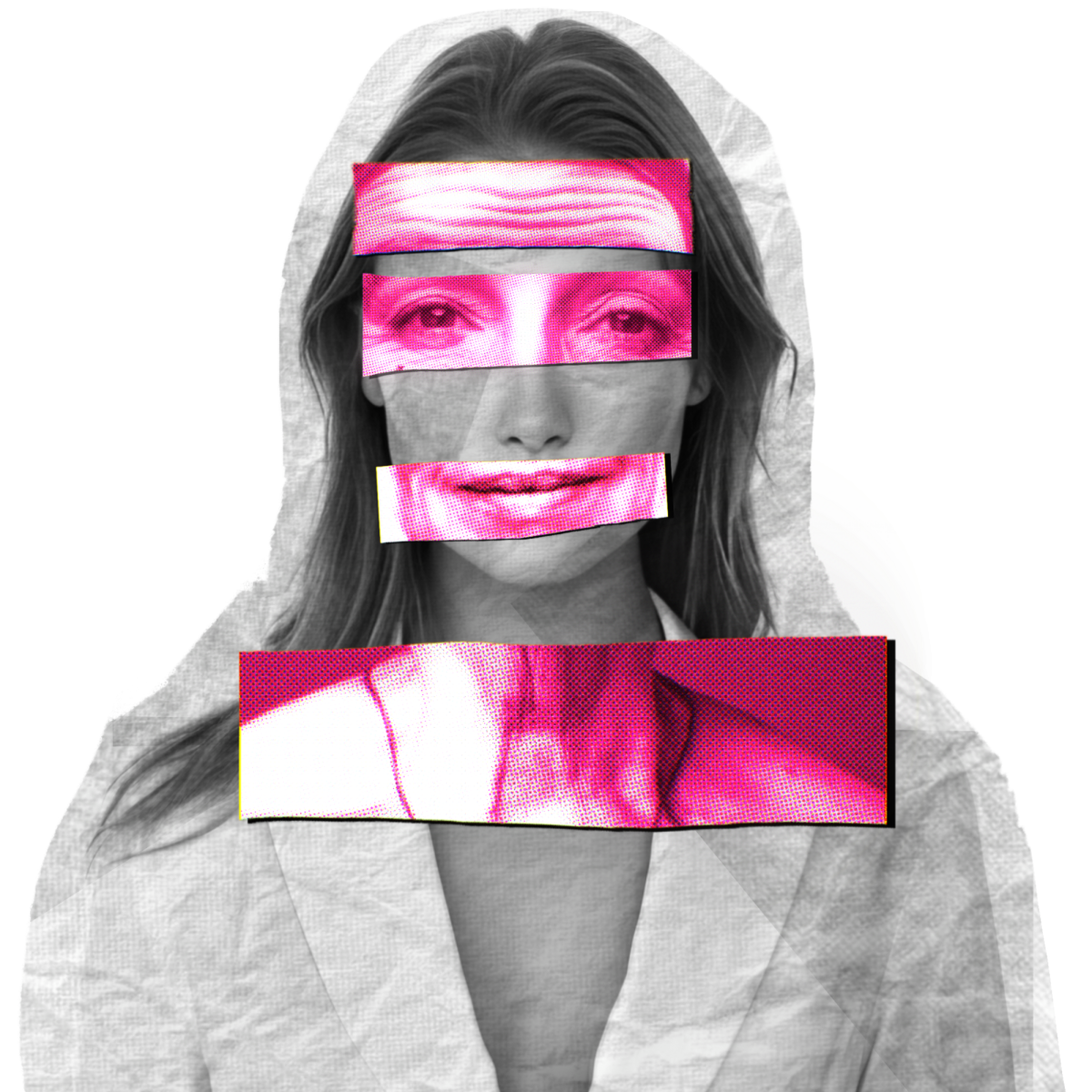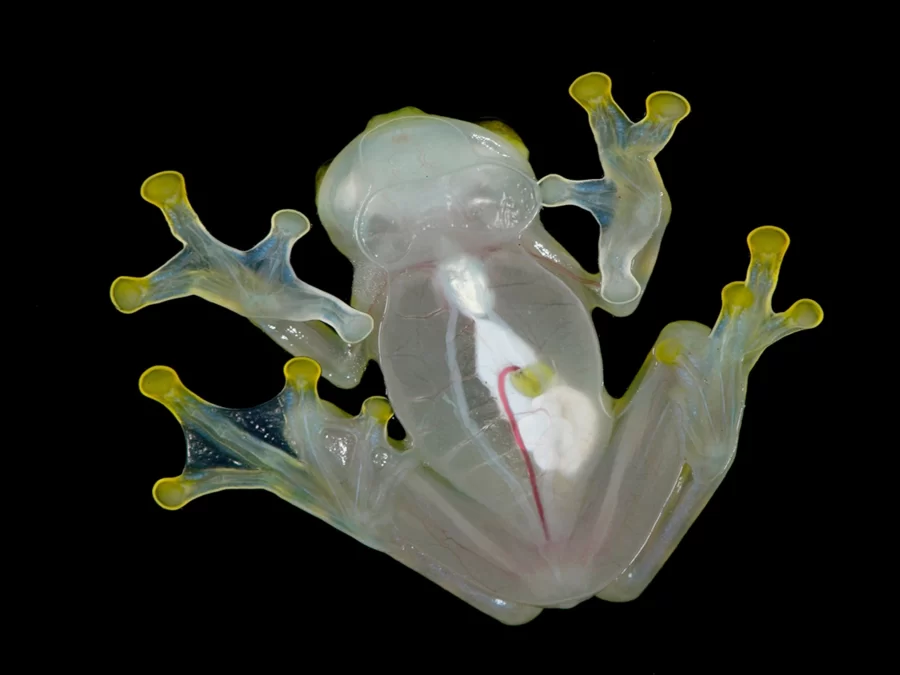Sleeping Glass Frogs
January 23, 2023
PHOTOGRAPH BY VISUALS UNLIMITED, INC., ROBERT PICKETT, GETTY IMAGES
As round opaque water crystals collect on dark green leaves, the croaks of hundreds of glass frogs echo in the rainforest. Sitting gently at the tip of the plant rests a sleeping grass frog basking in the sunlight. As its name suggests, glass frogs, native to the wet South American rainforests, are unlike any other tropical frogs, given their unique ability to turn transparent. While spending most of the day in a good rest, new research shows that 90% of the red blood cell in their circulation is taken out and stored. The colorful cells that give them the usual green pigments are now hidden in small pockets in the frog’s liver, helping conceal their cells underneath a reflective-like surface. As biologists continue to study their particular transparent skin, the logic behind this camouflage mechanism remains unknown until now. Given the ability to mask their bright red blood, these frogs will pump out a bluish-like liquid as a mask reported by biochemist Carlos Taboada from Duke University. While it may seem quite impossible for human glass frogs to contain most of their red blood cells closely together for long periods without any blood clots, says Jesse Delia, one of the co-discovers alongside Carlos. Once the frog wakes up, the cells will naturally begin to adjust back to their regular positions and start circulating again. While the camouflage of these vertebrates continues to heighten with the help of hiding the blood cells, their translucency will double or even triple; instead of lingering green transparency, the outer frog tissue, when sleeping, is clear, according to a recent report by Taboada and Delia. In a life-or-death situation, this glass-like effect is crucial for such tiny frogs resting in a canopy of trees on the bottoms of leaves. However, a big questions Delia and his team posed was what would happen to this camouflage instinct when these frogs went to sleep. Needing more time to research the frogs individually, he placed frogs in a dish to observe them as they slept. As a result, Delia concluded that none of the red blood cells were visible in the circulatory system, and the frogs continued to doze. While the red blood cells are still stored in the liver, they remain removed from the blood plasma. However, as they just circulated the plasma, their innate ability to do so without activating a massive blood clot remains impressive.
In order to track where the red blood cells traveled during their sleep was another challenge on its own. However, with their reflective outer skin, a light microscope was still unable to penetrate past the tissues of the liver. Known to be quite sensitive, anything that could wake the frogs was eliminated as the blood cells would quickly travel back into the body. Through trial and error, Delia and Taboada discovered a technique common in engineering called photo-acoustic imaging. With the help of very light vibrations, concealed interiors are revealed as light hits several molecules prompting a subtle release of energy. In the end, such a remarkable discovery of such an incredible species makes those invertebrates clearly one-of-a-kind.



































